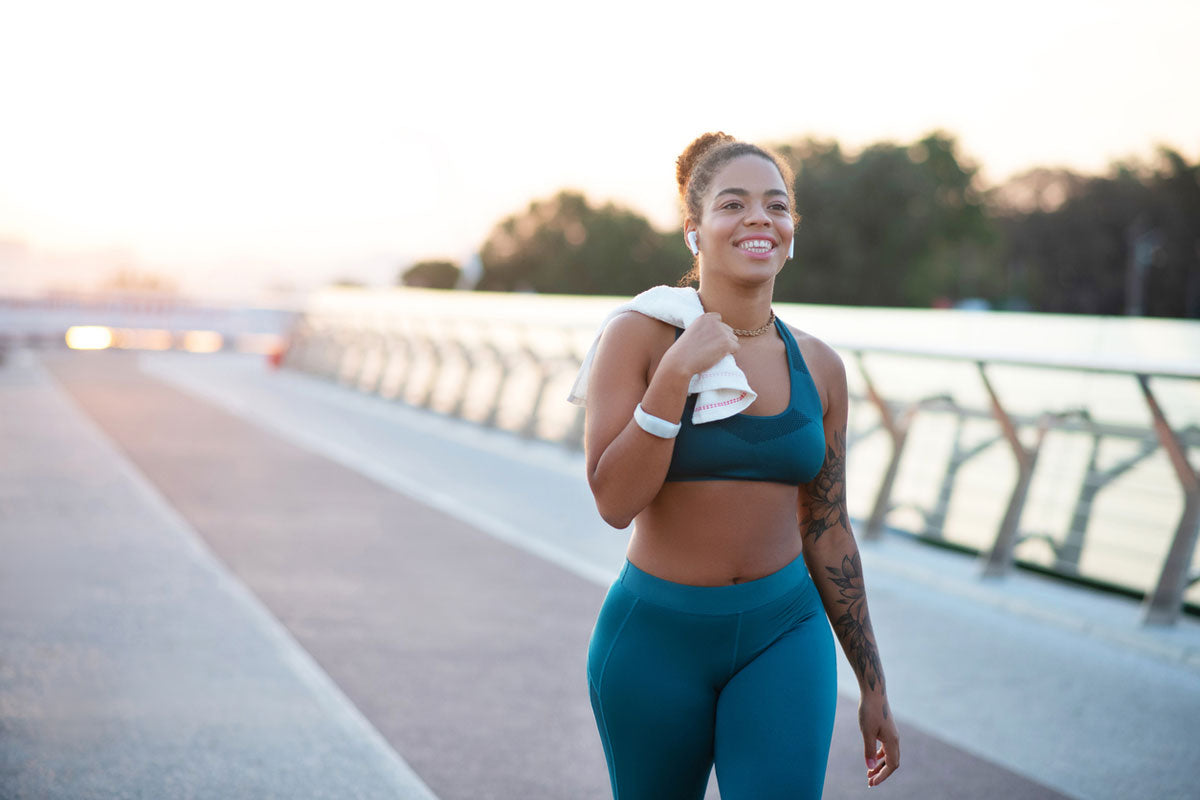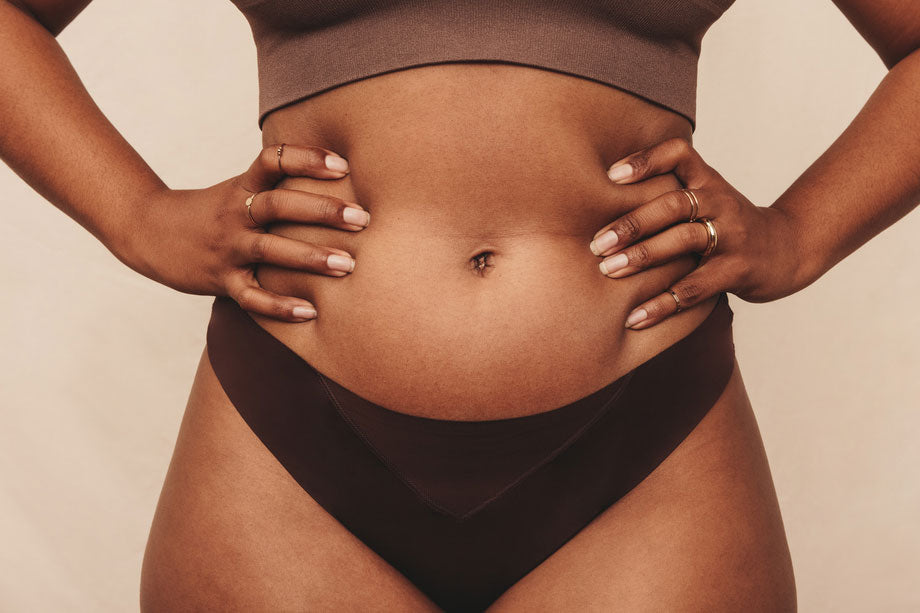When we hear ‘ditch the disposables’, we automatically think of cups, nappies, vapes and similar single-use waste products. For decades, disposable feminine hygiene products such as sanitary pads and tampons have dominated the shelves. It's no secret that these products are a necessary part of a woman's life. They serve the basic need of personal hygiene every month. But as concerns about disposable products and single-use plastic and their environmental impact grow, things are changing. Innovation in menstrual care products means reusable options, such as period-absorbent underwear and menstrual cups, are increasingly becoming mainstream and have risen in popularity in recent years.
Not only do reusable period products save waste, but they also save you money and are often more comfortable and better for your body. They are also always available, which could help to alleviate period poverty.
The Environment
Many disposable period products contain up to 90% plastic; on average, a pack of pads contains five plastic bags' worth. Tampons also have plastic within the core; some come with plastic applicators, adding to the problem. Women are estimated to use over 11,000 disposable menstrual products in their lifetime. In the UK, the disposal of Single-use menstrual products, such as pads, liners, tampons and their applicators, generates about 200,000 tonnes of waste per year, the equivalent of around 476 million meals! That’s, on average, 28,000 pounds of waste generated by one person in their lifetime. In addition, the production process for these products utilises vast amounts of water, energy, and other resources.
The impact of period products on our oceans and marine biology is a growing concern today. It is estimated that over 20 billion pads and tampons are being dumped into landfills every year, and these disposable products have the potential to take hundreds (500 to 800) of years to decompose, while plastic never truly biodegrades.
These products release microplastics that pollute the oceans and marine environments during decomposition. These tiny plastic particles can alter natural ecosystems and significantly threaten marine life. Moreover, flushing menstrual products directly into the toilet can exacerbate the problem, as they end up in drainage systems that ultimately discharge into the sea.
It is also estimated that 4.6 million of these disposable period products are flushed down toilets every single day! Disposable period products should never be flushed down the toilet. Besides being harmful to marine life, they also contribute to another problem – fatbergs. Fatbergs are enormous masses of period products, wet wipes, nappies, fats and oils that cause sewer blockages.
On top of this, a study conducted by the Marine Conservation Society has found that single-use menstrual products and their packaging are among the most frequently discarded items on beaches and in the ocean. This alarming discovery highlights the urgent need for menstrual product manufacturers to adopt more sustainable and environmentally friendly practices.
Due to the composition of these products, they cannot be recycled, and their disposal often involves incineration that releases harmful substances into the air.
As such, environmentally friendly alternatives such as reusable pads and menstrual cups are becoming more popular! Reusable period products have a lower environmental impact than single-use period products.
Your body and health
Pads and tampons are made with natural and synthetic absorbent fibres, including cotton and rayon.
Pads are adhesive and rest on the inside of your underwear to absorb your flow. The obvious disadvantage of using a sanitary pad is the irritation caused by wearing it for a long time. Not changing the pads often may also cause rashes on the skin. Pad users are always prone to allergies, which might be caused due to the chemicals present in them. Also, they might emit a foul odour if not changed in 4 to 5 hours. And they leak! Many women doing vigorous physical activity find it inconvenient to use due to the discomfort they causes.
Like many period products, tampons require internal insertion, which can be uncomfortable for some users. Tampons, like pads, are made from highly absorbent materials, including rayon and cotton. Unlike pads, tampons rest inside the vaginal canal, so they don’t discriminate when it comes to the fluids they absorb. In addition to your menstrual flow, tampons absorb the vagina’s natural lubricant and bacteria. Introducing a foreign object into the vagina may disrupt its natural pH balance, causing irritation or discomfort.
Although Toxic Shock Syndrome (TSS) is extremely rare, it is a life-threatening complication that results from an overgrowth of bacteria that naturally exists in many women’s vaginas (Staphylococcus). Symptoms of TSS include high fever, vomiting, diarrhoea, severe aching, feeling weak or dizzy, and rashes.
Unlike disposable pads and tampons, reusable period pants and menstrual cups are free from harmful chemicals and toxins and are comfortable, odour-free and leakproof.
Your money
People who have periods will use more than 11,000 disposable period products in their lifetime. According to some reports, a woman will start menstruation around 13 years of age and enter menopause in their late 40s or early 50s. That’s approximately 37 years of menstruation. Unless you are entitled to free period care, under the new (UK) government scheme for young girls, each period can cost on average £10, which is around £130 a year and £5,000 over a lifetime.
In comparison, a menstrual cup costs around £20 and lasts up to 10 years (£80), offering an enormous saving of around £4,020 over a lifetime. Similarly, based on eight pairs of period pants at £12 per pair, that’s an initial cost of £96. Given that period pants last approximately two years, you are saving around £3,746 over a lifetime. Reusables offer enormous savings.
So, while the initial cost of purchasing reusables may appear expensive, the long-term savings make it worthwhile.
Which is best?
So, finally, we are breaking free of tampons and single-use pads, and we’re finding more eco-friendly and, just as importantly, comfortable options. But which is best? You can find hundreds of options online in various designs and patterns, but what matters most is the most comfortable, usable, and long-lasting.
At Sanavay, we have worked hard for you and sourced the best reusable period products available. Our customers have tried and tested them all. Enjoy 10% off your first order, and choose the most suitable brand.


